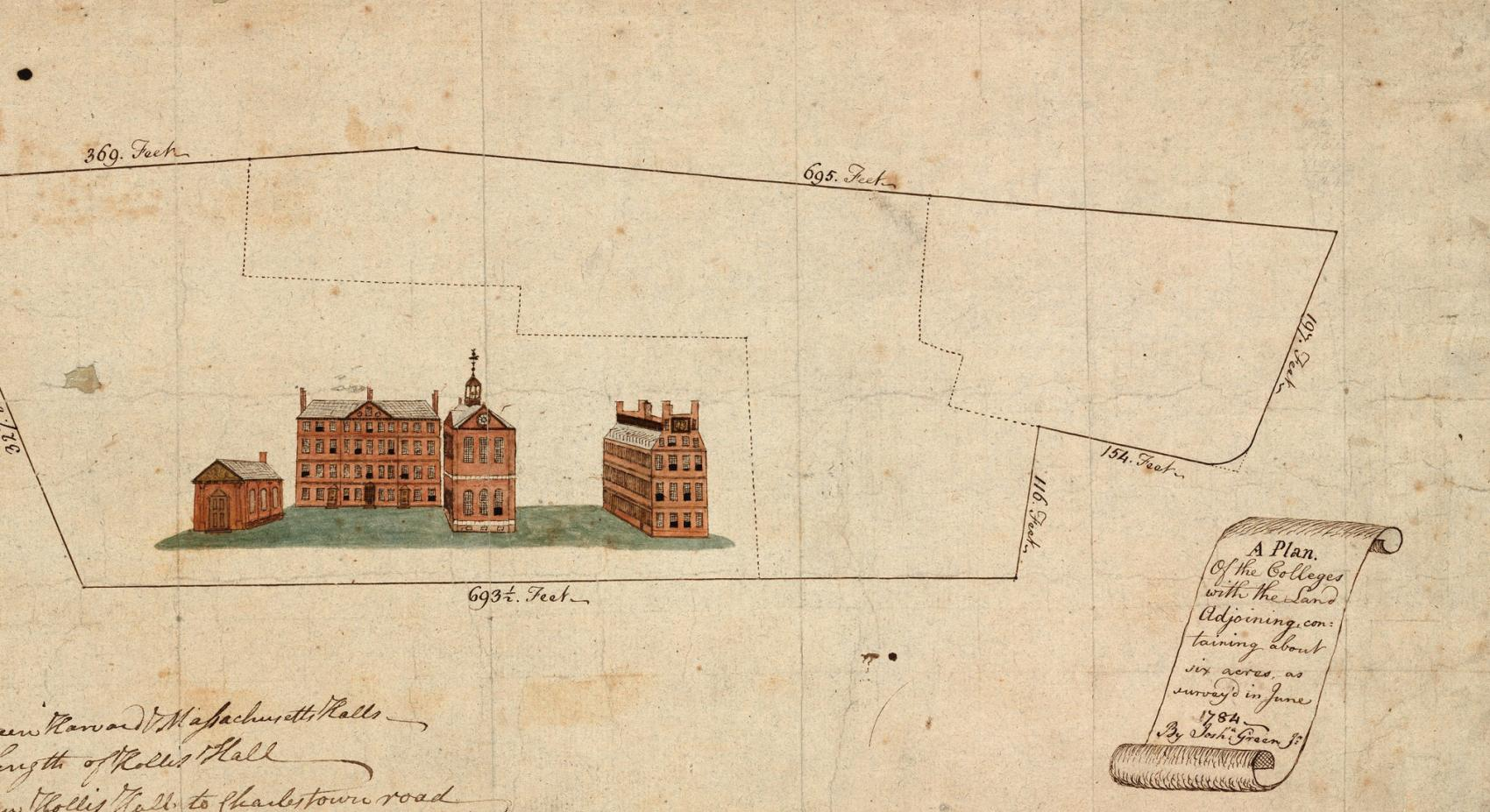South Asian art pigments hold a treasure trove of information about the region’s rich artistic traditions and cultural heritage. These vibrant colorants, which have been used for centuries in various forms of visual art, reveal not only aesthetic preferences but also the trade and technological exchanges that shaped art history in South Asia. Ongoing research, such as the Mapping Color Project, focuses on pigment analysis in South Asia, employing non-destructive analysis methods to delve deeper into the materials used by historical artists. By cataloging these pigments in an art history database, researchers aim to bridge gaps in understanding the indigenous practices and innovations that predate colonial influences. The importance of preserving and studying South Asian art pigments is vital for honoring the region’s cultural legacy and fostering appreciation for its artistic achievements.
The exploration of hues and shades within South Asian artistry transcends mere aesthetics, embodying a rich narrative of cultural practices. Known broadly as colorants, these materials offer insight into the socio-economic dynamics and technological advancements of the time. Engaging in pigment studies serves to illuminate the complex interactions between local traditions and external influences over centuries. The meticulous efforts of researchers are dedicated to archiving these findings in expansive art history collections, promoting better access to crucial data surrounding the pigments utilized in creating stunning visual expressions. Investigating these traditional colorants through various methods enhances our understanding of their historical significance and the techniques employed by artisans.
Understanding South Asian Art Pigments
South Asian art pigments have a rich and diverse history that reflects the vibrant cultures and traditions of the region. Unlike the predominant European influence previously believed, recent studies indicate that many pigments were actually sourced indigenously. This revelation stems from significant pigment analysis conducted by researchers like Jinah Kim, who lead projects such as the Mapping Color in History Project. Through careful examination, it has been found that pigments like Indian Yellow and natural earth tones were utilized well before the introduction of synthetic alternatives from Europe.
The use of local resources for color creation has prompted a reevaluation of art history in South Asia. Researchers are uncovering the knowledge of local artisans who harnessed various natural elements, leading to a more nuanced understanding of the palettes they employed. This not only enriches our understanding of South Asian art but also emphasizes the need for a comprehensive art history database that includes these indigenous practices, rather than merely relying on Western standards.
Impact of the Mapping Color Project
The Mapping Color in History Project has made significant strides in documenting and analyzing the pigments used in historical South Asian artworks. This initiative brings together contemporary pigment analysis techniques and historical research to create a more reliable art history database. By integrating various disciplines, the project is set to revolutionize how we perceive and study South Asian art. It enables users to explore the origins of different pigments, enhancing their understanding of how color articulated cultural heritage across generations.
One notable feature of this project is its commitment to open accessibility, allowing art historians, conservators, and enthusiasts to engage with a wealth of knowledge on pigment usage. This collaborative environment fosters a dialogue between technical analysis and historical context, allowing for a richer interpretation of artworks. Through tools such as geographical mapping and pigment identification, the project illuminates connections between artworks, regions, and historical events in ways previously unseen.
Non-Destructive Analysis in Art Preservation
Non-destructive analysis stands at the forefront of preserving historical artworks, especially in regions like South Asia where cultural heritage faces threats from environmental factors and human activity. Techniques such as infrared imaging and x-ray fluorescence allow researchers to analyze pigments without damaging the artwork itself. This is particularly crucial for ancient manuscripts where even minor contact can lead to irreversible deterioration. Jinah Kim’s project embraces these non-invasive methods, ensuring that valuable cultural artifacts can be studied and preserved for future generations.
The emphasis on non-destructive approaches also aligns with the ethical responsibilities of art conservationists. As the Mapping Color Project demonstrates, these scientific techniques provide insights into an artwork’s composition, revealing the intricacies of the artist’s methods and materials. Such findings not only deepen art historians’ understanding but also contribute to a broader discourse on the importance of cultural heritage preservation. By maintaining the integrity of these works, future audiences can access, enjoy, and learn from the arts of the past.
The Role of Digital Humanities in Art Research
Digital humanities play a transformative role in the research and dissemination of art history, particularly through projects like the Mapping Color initiative. By leveraging technology, researchers can compile vast amounts of data related to pigments, artists, and artworks into easily navigable databases. This bridges the gap between art history and technology, fostering collaboration among scholars, conservators, and programmers to create rich visual displays of information about South Asian art pigments.
Such integration of digital tools not only enhances transparency but also democratizes access to art historical research. Now, students, educators, and the general public have the opportunity to engage with previously inaccessible datasets, promoting a more inclusive understanding of South Asian artistic traditions. The Mapping Color project exemplifies how digital innovations can enrich our comprehension of art history and the cultural significance of pigments in a way that was unimaginable just a few decades ago.
Cultural Heritage and Color Identity
Cultural heritage pigments encapsulate the identity and history of civilizations, particularly in regions as diverse as South Asia. The colors used in traditional art forms are often reflective of local resources, spiritual beliefs, and social practices. By studying these pigments, researchers can trace cultural narratives and alterations over time. The Mapping Color Project not only aims to document these practices but also seeks to restore a sense of pride in indigenous colorants that have been overshadowed by European influences.
Re-establishing the significance of these cultural heritage pigments encourages communities to celebrate their artistic traditions and foster a deeper appreciation for their historical context. As contemporary artists, such as those collaborating with the project, draw on these traditional palettes, a revitalization of ancient techniques emerges, bridging the past and the present. This connection to heritage reinforces the importance of color in cultural identity, inspiring future generations to uphold these artistic legacies.
Exploring Color through Collaborative Research
Collaboration is key in exploring the diverse spectrum of pigments used throughout South Asian history. The Mapping Color project exemplifies how interdisciplinary efforts can lead to groundbreaking insights in art history. By engaging experts from various fields—like conservation science, digital humanities, and art history—researchers are able to create an exhaustive dataset that empowers deeper understanding. These collaborative partnerships encourage new methodologies and perspectives that are essential in presenting a more complete picture of South Asian art.
Furthermore, this collaboration fosters an environment of shared learning and knowledge transfer. By including voices from different disciplines, the project enhances its approach to pigment analysis and cultural heritage studies. This engagement also extends to communities and artists who contribute to the project, ensuring that their traditional knowledge and practices inform contemporary research. Such synergy not only enriches the academic discourse but also honors the artistry and innovations of South Asian cultures.
Advancements in pigment analysis technology
Recent advancements in pigment analysis technology are revolutionizing the study of art, particularly in South Asia, where the history of colorants is rich and complex. Techniques such as Raman spectroscopy and x-ray fluorescence enable scientists to identify and categorize pigments without compromising the integrity of centuries-old artworks. The Mapping Color project utilizes these cutting-edge technologies to unveil the makeup of pigments and analyze their origins, thus allowing for a more accurate understanding of their historical significance.
These technological advancements have opened up new avenues for art conservation and study. With non-destructive analysis becoming increasingly feasible, researchers can explore artworks once deemed too fragile for study. This has significant implications for continuous learning in art history and enhances the cataloging of cultural heritage pigments, ultimately ensuring that the stories behind South Asian art create ripples through the time.
Challenges in Documenting South Asian Art
Despite the wealth of knowledge surrounding South Asian art, significant challenges persist in accurately documenting and attributing artworks. Many historic paintings lack concrete details about their artists, places of origin, and creation periods. The Mapping Color Project aims to address these gaps through rigorous research and analysis, encouraging more precise attribution. By employing both historical and scientific methodologies, the project seeks to develop a more robust framework for understanding the context in which these artworks were created.
Navigating art history in South Asia requires overcoming biases rooted in Western-centric narratives, as the predominant focus has been on European art traditions. The project endeavors to establish a more balanced conversation, reclaiming the narrative for South Asian art. Through careful examination and a commitment to thorough research, scholars are uncovering layers of history that speak to the richness of art practices across different regions, thereby contributing to a more inclusive art history database.
Future of Art Historical Research in South Asia
The future of art historical research in South Asia looks promising, especially with initiatives like the Mapping Color project paving the way. As more scholars and institutions recognize the importance of indigenous knowledge and artistic practices, the narrative surrounding South Asian art is being reshaped. This shift is critical in fostering a greater appreciation for local traditions and the various pigments that define them, as well as enhancing historical interpretations across disciplines.
Looking ahead, there is potential for further development of extensive databases that compile data on South Asian pigments and artworks, integrating scientific analysis with art history. These efforts will likely include advancements in technology that facilitate broader accessibility and engagement with the material. As research evolves, the recognition of cultural heritage pigments and their narratives will continue to inspire scholars and enthusiasts alike, leading to a richer understanding of South Asia’s artistic legacy.
Frequently Asked Questions
What are the key findings from the pigment analysis in South Asia?
The pigment analysis in South Asia, spearheaded by the Mapping Color in History Project, has revealed that some pigments once thought to be imported from Europe may have Indigenous origins. For example, cobalt detected in a 15th-century Indian manuscript was found to have a different composition than European-made smalt, suggesting local production methods. This challenges previous assumptions about colorants and highlights the unique palette utilized in South Asian art.
How does the Mapping Color project enhance our understanding of South Asian art pigments?
The Mapping Color project enhances our understanding of South Asian art pigments by creating an open-access database that catalogs pigment analysis results. Users can explore the geographic origins and historical contexts of various pigments used in South Asian artworks, aiding in cultural heritage studies and advancing knowledge in the field of art history.
What techniques are used for non-destructive analysis of pigments in South Asian art?
Non-destructive analysis of pigments in South Asian art employs techniques such as infrared and ultraviolet imaging, x-ray fluorescence, and Raman spectroscopy. These methods allow scientists to identify pigments without damaging the artworks, enabling a detailed understanding of the materials and techniques used by historical artists.
Why is it important to study cultural heritage pigments in South Asian art?
Studying cultural heritage pigments in South Asian art is crucial for understanding the historical, social, and artistic contexts in which these artworks were created. It helps preserve traditional techniques, informs conservation practices, and enriches art history narratives by acknowledging the diversity and complexity of pigment use in South Asia.
How can the art history database contribute to research on South Asian pigments?
The art history database contributes to research on South Asian pigments by providing a centralized platform for information on various artworks, including details about the pigments used, their origins, and the methods of identification. This accessibility supports scholars, conservators, and educators in advancing research and scholarship in South Asian art.
What challenges exist in identifying pigments from South Asian artworks?
Challenges in identifying pigments from South Asian artworks include the lack of precise historical data regarding the date, location, and artist of many pieces. Additionally, artworks often do not allow for direct sampling, which complicates the process of accurate pigment identification. Ongoing research aims to address these gaps and improve attribution.
How does modern research connect to traditional practices in South Asian art?
Modern research connects to traditional practices in South Asian art by collaborating with contemporary artists, such as Babulal Marotia, to analyze the pigments they use. This approach bridges the gap between historical and contemporary pigment usage, providing insight into the continuity and evolution of artistic practices in the region.
| Key Points |
|---|
| Jinah Kim investigates ancient pigments in South Asian art, revealing indigenous knowledge overlooked in historical studies. |
| The “Mapping Color in History Project” creates a database of pigments used in South Asian artworks, aiming to enhance understanding of colorants in the region. |
| Research indicates that some pigments, such as smalt, may have been sourced from within South Asia long before European imports became common. |
| Collaboration with conservation scientists and digital humanities experts is key to the project, which stresses the importance of a multidisciplinary approach. |
| The database includes advanced non-destructive analytical methods to study artworks, ensuring preservation while enhancing knowledge of historical techniques. |
| The study of contemporary artists helps illuminate historical pigment practices and cultural continuity in South Asian art. |
| The project seeks to refine attribution of artworks and provide a clearer understanding of the geographical and historical context of pigments used. |
Summary
South Asian art pigments are vital for understanding the rich historical palette of the region. The ongoing research led by Jinah Kim aims to uncover the depth of indigenous pigment usage, challenging the notion that colorants were primarily of European origin. By developing an extensive, open-access database, the “Mapping Color in History Project” not only catalogues the pigments but also connects scientific analysis with art historical context, fostering collaboration across disciplines. This innovative approach enhances our appreciation for South Asian artistic traditions, promoting a dialogue between the past and present as we explore the cultural significance of these vibrant pigments.



